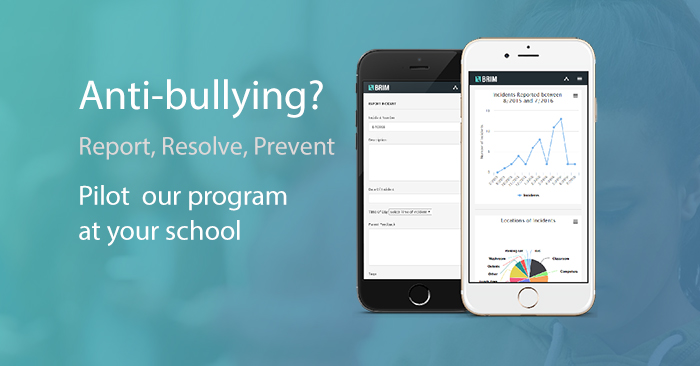Students are already using technology outside (and often surreptitiously inside) of the classroom. With a wealth of educational technology on the market, it’s now up to schools to decide whether they want to help stuents use their devices to learn instead of leaving their students to squander their time mastering the next level in Candy Crush Saga.
Interactive technology in the classroom helps students and teachers alike by keeping students engaged in classroom discussions and lessons and helps teachers more easily assess and monitor each student’s pace.
Benefits of Using Technology in the Classroom
When deciding to adopt interactive technologies in the classroom, consider these benefits:
Adapts to the Learning Style of Each Individual Student
Students don’t all learn the same way. In a classroom, you will find auditory learners that learn best by listening, visual learners that learn best through pictures and graphs and kinesthetic learners that may learn best when learning includes bodily movements. Due to these different learning styles, it’s extremely difficult for teachers to interact with students in a way that’s optimal for every student. This is where interactive technology can help. Many interactive technologies now include lessons designed to accomodate each type of learner.
Helps Students with Special Needs
Information technology can be adjusted to meet the different needs of students. For instance, if a student has difficulty reading the text, then they can enlarge the text, translate it into another language, or have the computer read the text aloud.
Helps Students Take Control
As mentioned before, information technology enables the students to learn at their own pace. Teachers teach a concept in class followed by an online lesson to reinforce that lesson. Once a student grasps a concept, they can expand their knowledge by researching more online about that topic. On the other hand, a student struggling with the lesson can use the online resources and activities to help them practice the concept.
Develops New Skills
Technical proficiency is mandatory in today’s workforce. Intergrating technology into the classroom from an early age ensures that all students, regardless of family environment, have an opportunity to become proficient with today’s technologies.
Teaching Lessons through Technology
Over the years, teachers have developed certain teaching methods that incorporate information technology into them. These methods have become popular in schools where the use of such interactive equipment in the classroom is encouraged. Teachers are using interactive technologies in the following ways:
Blended Classrooms
In a blended classroom setting, teachers first teach students through lectures and presentations, then they tell the students to go on the computer to practice the lesson they just learned.
Game-Based Learning
Teachers implement many educational gaming websites in their lessons. These websites are interactive and students look forward learning their lesson through a game.
Project and Research-Based Activities
Teachers assign students with projects or research activities that incorporate technology. For example, teachers can ask students to shoot a video that summarizes their lesson or can tell them to research online and turn in a report.
Learning with Handheld Devices
Technologies like smart phones, tablets, and other handheld devices have provided teachers with new interactive technology tools to use in the classroom. Educational gaming applications are available in a variety of subjects, mostly are free to download, they engage students in their lesson, and help students retain the information.
Using technology in the classroom has become an essential tool to promote effective learning. Schools should consider familiarizing their teachers with old and new forms of information technology so they can help students stay focused, attentive, and motivated in class.



